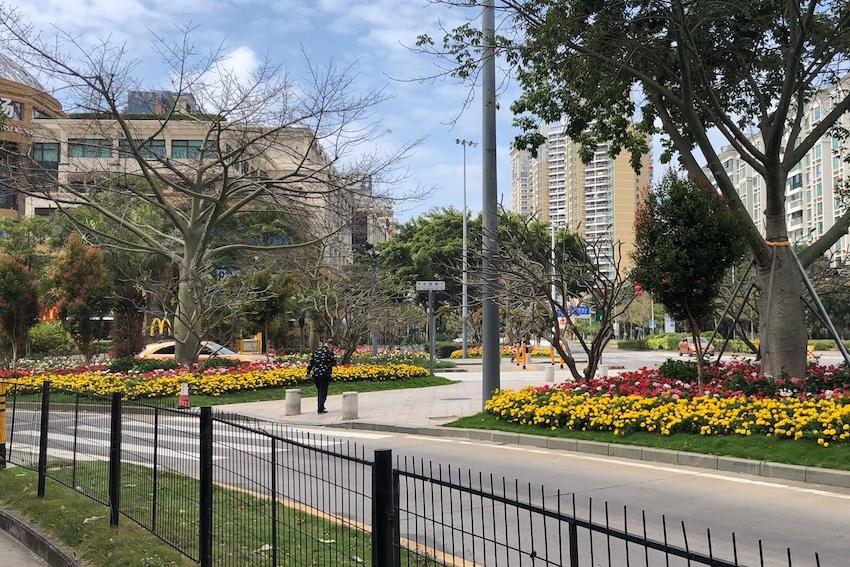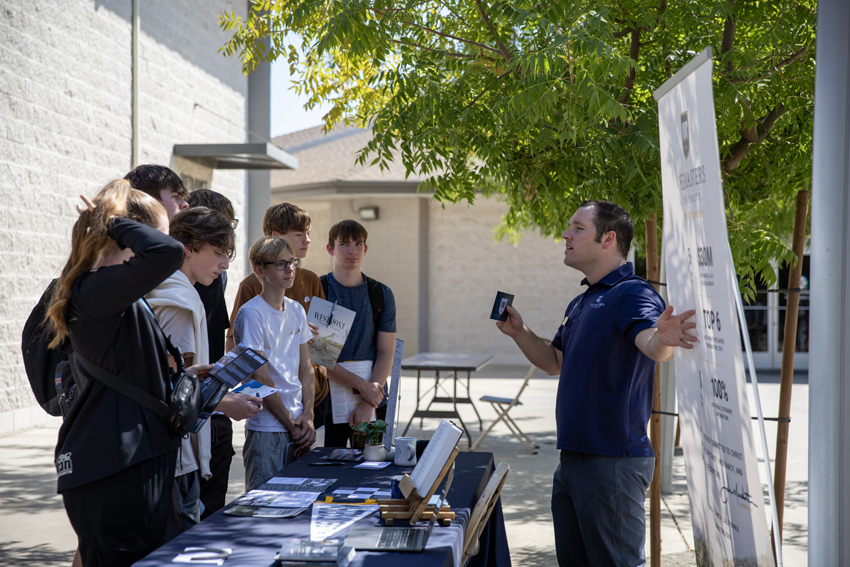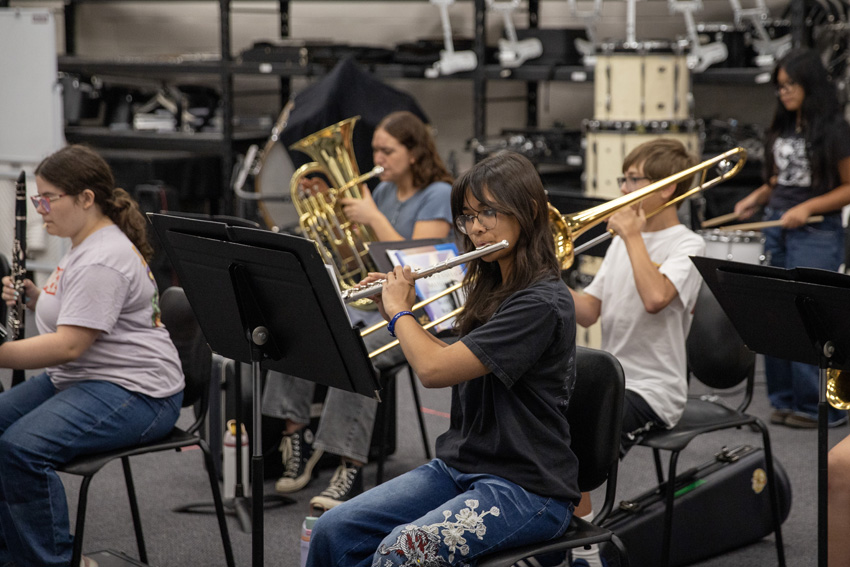Doctors, fire captain share connection between pollution, COVID-19
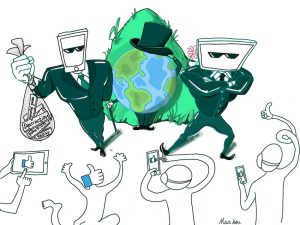
Since its inception in 1970, Earth Day marks its 50th anniversary this year, April 22, 2020. The Earth Day Network is led by board members across Finland and the United States.
However, due to the outbreak of COVID-19 around the globe, instead of the regular community events, organizers and the network announced the first Digital Earth Day in order to protect the health and safety of volunteers and participants.
The official Earth Day Network Twitter account posted “Earth Day Daily challenges” for 22 days, starting April 1, challenging every person to help fight the climate crisis while staying at home.
Earth Day Live will feature a three-day live stream, April 22-24, where millions of people can join activists, celebrities, musicians and more for various speeches, performances and other activities in the name of fighting climate change.
In the following tweet, the Earth Day Network displays infographics for what people should do each day during the countdown to official Earth Day.
It’s April 1st, but this is no joke — we’re issuing a daily micro challenge for you to take, every day, wherever you are, to help fight our climate crisis while you might be staying home to #bendthecurve.
Are you ready for 22 days of the #EarthDay #Challenge? pic.twitter.com/LCJDdTUeiu
— Earth Day Network (@EarthDayNetwork) April 1, 2020
Each day a different theme is established, with multiple partnerships leading the online stream.

Future Coalition, a national network that fosters collaboration among youth leaders, joins Earth Day, April 22, in highlighting the theme “Earth Day and Youth Climate Strikes.”
April 23 will emphasize divestment and climate financing with the aim to reprogram the economy for climate change investments.
On the third day, people are encouraged to politically engage by voting in order to shape the future.
The Earth Day Live stream will be viewable on earthdaylive2020.org and across major streaming platforms such as Facebook Live, YouTube, Instagram and Twitter to engage with broader audiences.
With climate change and the COVID-19 situation unfolding simultaneously, scientists start to find connections between the environment and coronavirus 2019 (COVID-19). On April 8, Harvard University held a climate change press conference on climate and health with Dr. Aaron Bernstein, Dr. Caleb Dresser, and Dillon Bernard. The climate health conference was hosted by Harvard T.H. Chan School of Public Health (Harvard C-Change).
While there is no direct evidence that shows the relationship between climate change and COVID-19, Dr. Aaron Bernstein stated that climate change alters how people and other species on Earth relate.
During the Q&A section, Bernstein indicated that learning from what happened during the COVID-19 pandemic, people should focus on how to deal with the biosphere.
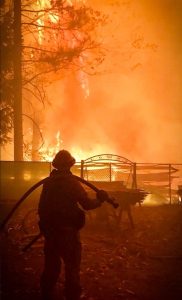
“You dig into the causes of what happened here,” Bernstein said, “and you immediately land on the reality that these emerging infections are coming from wildlife into people.”
He went on to explain that habitat loss is mostly driven by agricultural uses and deforestation. Deforestation by some people’s estimate is 10 to 20 percent of our carbon pollution problem.
“So if we prevent deforestation, we prevent a huge part of carbon pollution at the same time,” Bernstein said. “We may also be buffering risk of infectious disease spread because people are not exposed to wilderness and species will not run up hillsides.”
Dr. Bernstein raised further concerns over the increased danger of COVID-19 during heavy air pollution because coronavirus 2019 attacks people’s respiratory function. He thinks it is likely that people who are exposed to more air pollution and who smoke are going to fare worse if infected with COVID-19 than those who are breathing cleaner air, and who don’t smoke.
Analyzing gas emissions in China, Lauri Myllyvirta, an analyst at the Centre for Research on Energy and Clean Air, wrote an article for Carbon Brief that showed that across China, pollution levels have plummeted as lockdowns aimed at slowing down the spread of the virus and trap many people at home.
Melanie Turner, a representative from the California Air Resources Board (CARB), offers a perspective on the connection between COVID-19 and fresher air quality in California. Turner believes because of cooler weather and recent rains, it is not unusual to see lower pollution levels.
“When looking at air quality trends, the weather does play an important role,” Turner said. “Any cleaner air attributed to the COVID-19 shutdown will not last. Still, it may help us design additional strategies to reduce the amount Californians drive.”
[media-credit id=”139″ align=”alignright” width=”232″]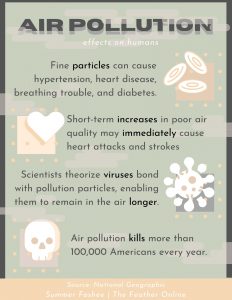 [/media-credit]
[/media-credit]
Dr. Caleb Dresser, a climate and human health doctor who works with the Center for Climate, Health and the Global Environment at Harvard C-CHANGE, researched the link between health and climate change.
“Greenhouse gas emissions can go into the atmosphere,” Dresser said. “They trap seat and we get the cascade of effects that we’re familiar with as climate change, global warming.”
Dresser stressed how global warming then affects weather patterns, ocean chemistry, and ecological systems which in turn have impact on human health and community.
“It’s a multi-step process,” Dresser said. “For example, changes in ocean pH and temperature can affect a community that’s dependent on fishing as a key ecosystem service.”
Another example Dresser offers are the wildfires in California. Over the past decade, California has faced numerous wildfires, releasing pollution into the air.
“Within California, several different papers have recorded increases in cardiovascular disease and other use of hospitals among groups of people who’ve been affected by smoke from wildfires,” Dresser said.
The following tweet posted by Full Measure News features some additional information about the impact of wildfires.
As California works to treat its #coronavirus patients, another crisis may arise. This year, the Golden state is predicted to be at a higher risk of wildfires, putting insurance coverage near a breaking point. Sunday on Full Measure. @CA_DaveJones @lisa_fletch #fire #insurance pic.twitter.com/D80ggXy70n
— Full Measure News (@FullMeasureNews) April 17, 2020
Koby Johns, a fire captain for the Fresno City Fire Department, explains the reasons for the increasing outbreaks of wildfires in the recent years.
“Climate change affects annual rainfall precipitation, which in turn results in drought and dry forests and timber,” Johns said. “When people move up to foothills near the forests, human activities surrounded by dry timber can cause a massive fire.”
Johns shared how environmental legislation to protect forests actually damages them by preventing timber harvest resulting in buildups that can cause fires.
The 2018 Camp Fire in California almost destroyed the entire town of Paradise. Johns points out how people were damaged by this catastrophe.
“Wildfires sometimes happen in populated areas,” Johns said. “People lost their lives and have had long term respiratory issues and suffer from mental illnesses from the Camp Fire. ”
In the following podcast, Serena Zhao speaks with Koby Johns about wildfires in California.
In order to prevent further climate change, whether through organizational or individual action, Dresser says reducing greenhouse gas emissions will be a great way to benefit the climate. On the institutional level, Dresser offers the following suggestion.
“There’s a lot we can do to be okay on an institutional level,” Dresser said. “This might mean investing in fire breaks or air filtration technology or elevated generating plants that are protected from floodwaters for an individual.”
The following tweet from the World Wildlife Fund (WWF) News features additional sources for learning about and participating in Earth Day.
April 22 is the 50th anniversary of Earth Day and a unique moment in time to share and appreciate our connection to nature. During the week of April 20, we invite you to create nature themed artwork and share on social with #ArtForEarth. Learn more: https://t.co/K0uGrJqFRX
— WWF News (@WWFnews) April 16, 2020
People are encouraged to join Earth Day 2020 through the Earth Day Network by registering a digital event at their location on a map.
To help fight against pollution and recycle, check out the Keep America Beautiful website for information.
For more articles, read COLUMN: Senior shares encouragement for class of 2020 during quarantine, The Feather wins 2020 Online Pacemaker award and COMMENTARY: NSPA’s online panel shares advice for editorial leadership during COVID-19.
Serena Zhao can be reached via email. Feather staff reporter Kenneth Hu also contributed to this article.

